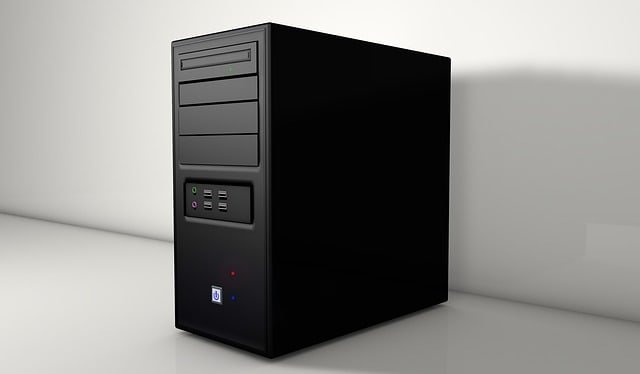While buying a factory-built computer is quick and easy, there are many advantages to building your machine. For one thing, you are sure to get precisely the components, software, and functionality you need, versus what the manufacturer wants to give you. Another issue is that pre-made computers often have proprietary parts and cases, making them difficult to alter and upgrade; homemade machines are more flexible in that area. Finally, homemade computers can be significantly less expensive.

Be sure to work in an area that’s free of dust and on a non-conductive surface, like a wooden table. You should also avoid working on carpeting, which can generate static electricity, and ground yourself by touching the computer case’s metal part before touching the components. You can also wear an antistatic wrist strap to prevent static electricity.
Step 1: Set up the Motherboard
· Remove the motherboard from its packaging and set it on a steady surface. Do not sit it on top of the antistatic bag that it came in.
- Fit the processor into the designated slot or socket on the motherboard. If it has a heat sink, it should come with a thermal adhesive for you to attach to the processor. It has a fan, and it will fit over the processor and have a small cable that plugs into one of the slots on the motherboard.
- Fit the RAM into the corresponding slots on the motherboard. It should have a notch on the side with the metal contacts that correspond with the slot and tell you which way to insert the RAM. Start with Slot 1, and fill each slot in the order, depending on how many sticks of ram you have.
Step 2: Preparing the Case
Some cases come with a built-in power supply. Make sure the power cables are trailing inside the case. If not, attach the power supply to the rear of the issue using the mounting screws included with the product.
Step 3: Adding the Motherboard
Lay the case on its side and gently insert the motherboard. There should be some metal risers inside the case on which to mount the board. Line up the holes in the motherboard with the holes in the risers and make sure the connectors for the mouse, keyboard, and other components, show through the rear of the case. Use the screws that came with the motherboard to secure it in place.
Step 4: Component cards
If your motherboard has built-in graphics, Wi-Fi, and modem, skip step 5. If not, insert the cards into the dedicated slots in the motherboard, making sure the ports show through the rear of the case.
Step 5: Drives
- Install the hard drive into the dedicated drive slot on the case, and make sure the holes line up. Use the screws that came with the drive to hold it in place.
- Install any other drives in their dedicated slots – usually above the hard drive – and use the corresponding screws to secure them.
Step 6: Cables
Each component, including the hard drive, should come with its cable
- Connect the motherboard and all of the components to the power supply.
- Connect the hard drive to the motherboard.
- Connect all of the other components to the motherboard.
Step 7: First Boot
- Plug the computer in, connect a monitor and keyboard, and turn on your computer. It should go through the initial boot process to read the bios, set up the boot priority, and perform other functions.
- If it does not work, turn it off, recheck all of your connections, and try again.
- If it does work, you are now ready to install your operating system, drivers, and software.
Step 8: Installing Software
- At this point, you can install any operating system (OS) compatible with your hardware. If you are using a Windows OS, you should install Trend Micro antivirus software or something similar. If you need help buying programs, try using a site like software treats.
- Once you have installed the OS, it will auto-detect the components and install the drivers, or you can manually install the drivers from the CDs that came with the products.
- After installing the drivers, you can install whatever software you like.
- Ensure that you keep all of the software you install in a safe place and make copies if you can. That way, you’ll have everything if you need to reimage your machine.
- You should also register your components and turn in all of your warranty information.
Building your computer can leave you with a machine that’s quite a bit more powerful but at a fraction of the cost of an off-the-shelf model. Besides, the computer you build has infinite options for customizability and future upgrades. Give it a try!

